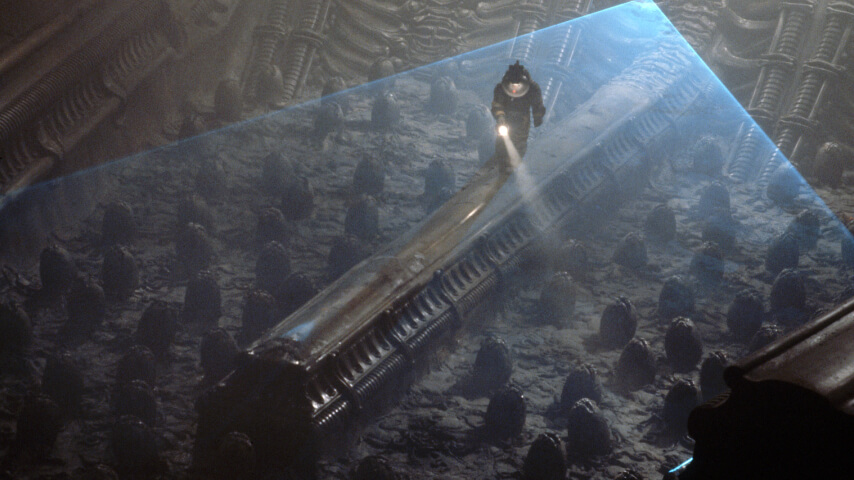Film Trivia Fact Check: Don’t get fooled by The Who’s Alien encounter again
Oscar-winning art designer Roger Christian explains how “involved” Roger Daltrey and Pete Townshend really were on the set of Alien
Photo by Sunset Boulevard/Corbis via Getty Images
The internet is filled with facts, both true and otherwise. In Film Trivia Fact Check, we’ll browse the depths of the web’s most user-generated trivia boards and wikis and put them under the microscope. How true are the IMDb Trivia pages? You want the truth? Can you handle the truth? We’re about to find out.
Claim: In Alien, the blue laser lights seen in the egg chamber of the alien ship were borrowed from British rock band The Who, who had been practicing their light show for an upcoming tour at an adjacent soundstage. [Source: Creepy Catalog]
Rating: Mostly true.
Context: Among the many things that made ‘70s filmmaking such an exciting time for genre movies is that none of the franchises were franchises yet. There were no overarching universes, cameos, or Easter eggs to satisfy. Star Wars was just Star Wars, not Star Wars: Episode IV—A New Hope. These were also original ideas, not based directly on pre-existing source material, so when Star Wars hit, 20th Century Fox did what studios did back then: They bought another original space movie, Alien. However, not yet part of a “Quadrilogy” (let alone a septology), the Xenomorph was hardly a proven star. It wasn’t even a “Xenomorph” yet. As such, Fox was nervous about investing in an R-rated sci-fi adventure about space truckers. Frequently facing budget cuts, director Ridley Scott and co. had to improvise quickly.








































